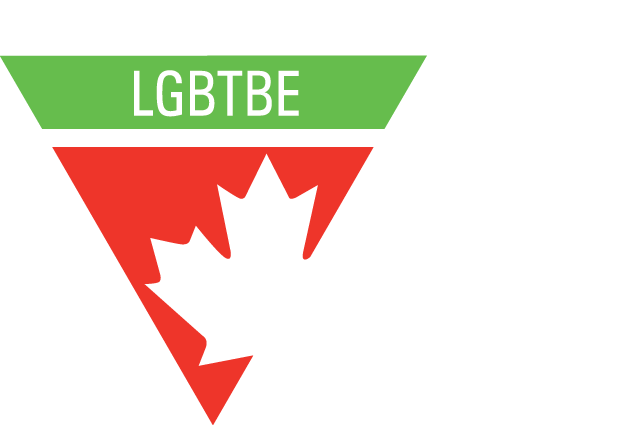1) Increased Productivity and Performance
Healthy teams deliver stronger results. A 2017 study published in the Harvard Business Review found that employees in high-functioning teams were 25% more productive than their peers in less collaborative settings. Teams that bring together a variety of viewpoints, backgrounds, and thought patterns are better equipped to tackle complex challenges and adapt quickly. According to McKinsey & Company, companies in the top quartile for ethnic and cultural representation on executive teams are 33% more likely to outperform their peers on profitability.
2) Higher Employee Retention
When individuals feel respected and included—regardless of their identity—they are far more likely to remain with their employer. Great Place to Work research shows that organizations where employees feel safe being themselves have up to 50% lower turnover rates. Creating teams that celebrate differences, and ensure every voice is heard, leads to deeper loyalty and engagement.
3) Better Health and Lower Absenteeism
A team culture that respects individuality and encourages connection across lines of difference creates an environment where people are less likely to feel isolated or marginalized. This kind of support translates into better mental health outcomes and fewer missed days. According to the American Psychological Association, such workplaces report 41% less absenteeism and reduced burnout—critical in a world where stress and mental fatigue are rising across industries.
4) Enhanced Innovation and Creativity
Innovation thrives when people from different walks of life come together with equal space to contribute. Research from Boston Consulting Group found that companies with more varied leadership teams reported 19% higher innovation revenues. The mix of cultural experiences, perspectives, and values can fuel breakthroughs that homogeneous teams often miss. Inclusion in brainstorming and decision-making processes helps generate bold, out-of-the-box thinking.
5) Improved Customer Satisfaction
Customers are not monolithic, and companies with teams that reflect a broad cross-section of society are better equipped to understand and serve their markets. Teams that include a range of voices—across ethnicity, identity, and lived experience—are more likely to develop products, services, and communication strategies that resonate widely. According to a Temkin Group study, organizations with highly engaged employees see 147% higher earnings per share and greater customer satisfaction scores.
How to Build and Sustain Strong Teams
- Modeling inclusive leadership, where everyone feels empowered to speak and contribute.
- Ensuring all team members have equal access to growth opportunities, feedback, and recognition.
- Creating space for dialogue, especially across lines of difference, to deepen understanding and empathy.
- Encouraging work-life balance and mental health awareness, particularly for those who may experience additional pressures or discrimination outside of work.
- Celebrating individual and collective wins, reinforcing shared values while honoring personal contributions.
Conclusion
Teams built on respect, openness, and collaboration—especially across different life experiences, identities, and backgrounds—are a competitive advantage. They bring fresh perspectives, stronger problem-solving capabilities, and deeper connections both internally and with customers. As the nature of work continues to evolve, organizations that prioritize human connection and belonging will be better positioned to innovate, retain talent, and grow sustainably.





Recent Comments